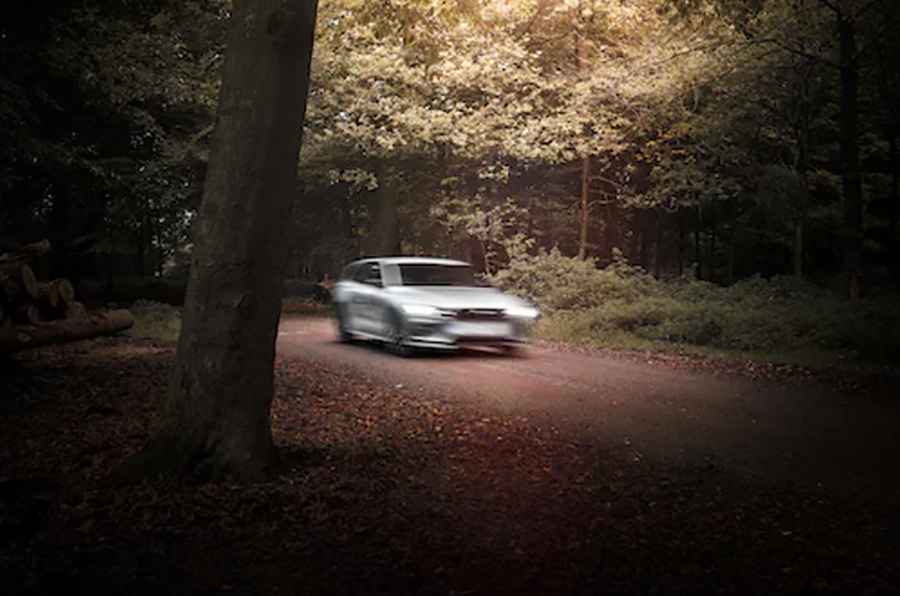Staying Safe on Dangerous Roads: Tips for Drivers
Driving on the roads is becoming more dangerous by the day. With so many cars, trucks, and other vehicles on the road, it’s hard to stay safe. Whether you are a driver or a passenger, staying safe on dangerous roads requires vigilance and common sense.

Today, we will discuss some tips for drivers to help them stay safe when navigating busy highways in all weathers and times of the day. We will consider distractions, driving under the influence, and sticking to the speed limit. Read on to learn how you can make your journey safer!
Dangerous Roads in the US
Dangerous roads are those that have a higher-than-average number of accidents or fatalities. In the United States, there are many dangerous roads by this definition. Generally, they are roads on which cars are traveling fast. It is easy to think that a long straight road is safer, as there are fewer twists and turns, but this is not always the case. When drivers get bored, more accidents can occur.
The I-10 in California is one of the more dangerous US roads. The I-10 is a major interstate highway, and it is one of the most dangerous roads in the state, with a high number of accidents and fatalities.
Moreover, the I-95 in Florida is another road where accidents are more likely to occur. It is also one of the most dangerous roads in its respective state, with a higher-than-usual number of accidents and fatalities.
These are just two examples of the many dangerous roads in the United States. If you are driving on one of these roads, or any other road for that matter, be sure to drive carefully and watch out for other drivers.
How to Drive Safely on Dangerous Roads
When driving on dangerous roads, it is important to take extra precautions to ensure your safety. One way to do this is to slow down and be aware of your surroundings. If you are driving too fast, you will be less likely to see obstacles in the road and more likely to lose control of your vehicle.
Moreover, the faster you go, the slower your stop time will be and the more ground you will have to cover before you come to a halt in an emergency. Look up safe stopping distances and try to adhere to the guidance.
However, it is also worth noting that there is such a thing as going too slowly on fast roads. Driving way under the speed limit can also be hazardous to yourself and other drivers. So, try to stay close to the limit, but never over it, and make sure you are keeping a safe distance from other cars. You should definitely slow down when weather conditions make driving less safe.
Pay attention to the road conditions. Be on the lookout for potholes, ice, or other hazards that could cause you to lose control of your car. When it is windy, obstacles can be blown into the road, and when there is heavy rainfall, your car can experience hydroplaning, which is very dangerous.
Be extra cautious when passing other vehicles. Make sure you have plenty of space between you and the other car before making a pass. Moreover, make sure nobody is coming in the other direction and that you have a long stretch of straight, clear road ahead of you. If there is ever any doubt that you do not have time to make the pass, do not attempt it!
Whether it is day or night, sunny or dim, can also make a big difference to how safe driving conditions are at that moment. In low visibility conditions, headlights can help you see obstacles in the road and help other drivers see you, so never forget to use your lights.
By following these tips, you can help ensure your safety when driving on dangerous roads.
Get a Dashcam
If you are driving on dangerous roads, it is a good idea to get a dashcam. This way, if anything happens, you will have video evidence of what happened. This can help you if you need to provide evidence of the accident for insurance purposes or in a court of law if you decide to seek compensation.
Dashboard cameras can also help you avoid getting into accidents in the first place by giving you a clear view of the road ahead. Moreover, they deter you from driving recklessly, as you know that you will be held accountable.
When shopping for a dash cam, look for one that has features like night vision and loop recording. Night vision is important if you are driving in low-light conditions or at night. Loop recording means that the camera will continue recording even if the memory card gets full, so you will not miss any important footage.
Use a reputable retailer with good reviews to source your dashcam. You can check out online reviews before buying. According to experts at Dash Cam Discount, dashcam owners get insurance discounts, so it’s a win-win. Remember that it is worth spending a bit of money on your own safety and the well-being of your passengers.
Installing a dash cam is usually pretty simple. Just follow the instructions that come with your camera. Once it is installed, make sure to test it out to make sure it is working properly. This can give you peace of mind knowing that if anything happens, you will have video evidence of what happened.

Winter Driving Tips
When the weather outside is frightful, it is particularly important to take extra care when operating a vehicle. The first key piece of advice for driving in winter is to drive only when you absolutely need to. If the roads are icy, snowy, or flooded and you can save the journey for another day, stay at home!
However, if you have to get in the car, you should plan your route in advance and allow yourself extra time to reach your destination. Look online for news about road conditions and try to take the route with the least disruptions. Remember it is always better to be late than to get injured.
Make sure your vehicle is properly maintained and equipped for winter conditions. Put chains on your tires if the weather conditions warrant it. You should also keep an emergency kit in your car, including a shovel, ice scraper, jumper cables, and blankets. Some extra warm clothes will not go amiss either, particularly if you end up stuck in the car on dangerous roads and you get cold.
Drive slowly and carefully in ice and snow, and increase your following distance from other vehicles. Make sure you have a lot of extra space for stopping so if you slide a little, you will come out unscathed.
You should also watch for black ice on the road, especially in shady areas or on bridges and overpasses. This kind of ice can be very hard to spot and treacherous if you drive over it too fast.
Summer Driving Tips
Summer driving can be dangerous due to the increased amount of traffic on the roads. Moreover, when it is very sunny and bright, light can bounce off car hoods, windows, and mirrors and cause blind spots or dazzle drivers.
When it is a busy holiday period and everyone is out on the roads trying to get somewhere fun, plan your route in advance and avoid congested areas whenever you can. Leave early to allow yourself plenty of time to reach your destination. Try to remember that if you are running late this is better than driving too fast and being unsafe behind the wheel.
No matter how much you want to get to the beach, you should always drive at or under the speed limit. You should also avoid distractions such as cell phones, passengers, and outside events. Driving in summer can be extra fun when you have music blaring in the car and everyone is singing, but remember that as the driver it is your job to get everyone from A to B safely. If you are distracted, do not be ashamed to ask the other passengers in the car to turn the volume down a little.
Lastly, in the summer months, people are more likely to let loose and get intoxicated. If there is any chance that you will have a drink while you are out, leave your car at home and use public transport, a taxi or arrange a lift ahead of time. Never drive under the influence of alcohol or drugs.
To summarize, staying safe on dangerous roads is very important. There are many dangerous roads in the US, particularly highways. When driving on a dangerous road, make sure you leave extra space between yourself and the car in front. Take your time, avoid distractions, be mindful of blind spots, and leave plenty of time to complete the journey safely. Considering weather conditions, the time of year and the time of day can also help to ensure a safe journey for everyone involved. Remember that safety should always come first when you are behind the wheel! Be safe out there.